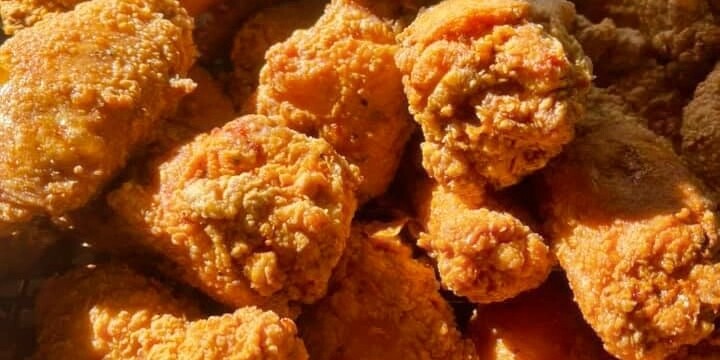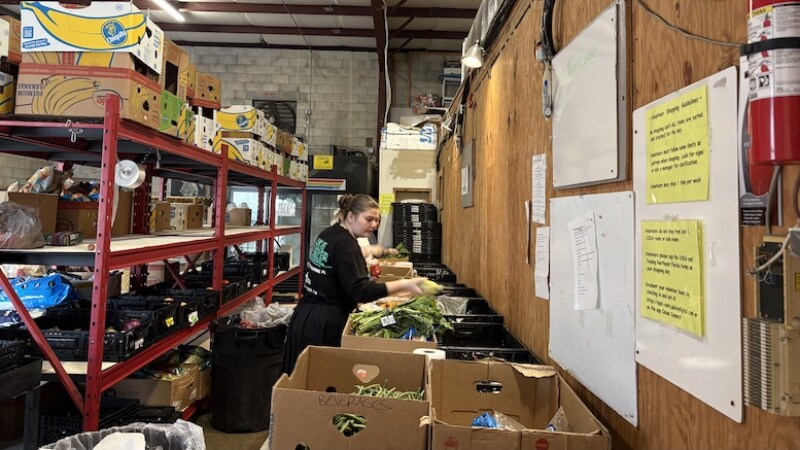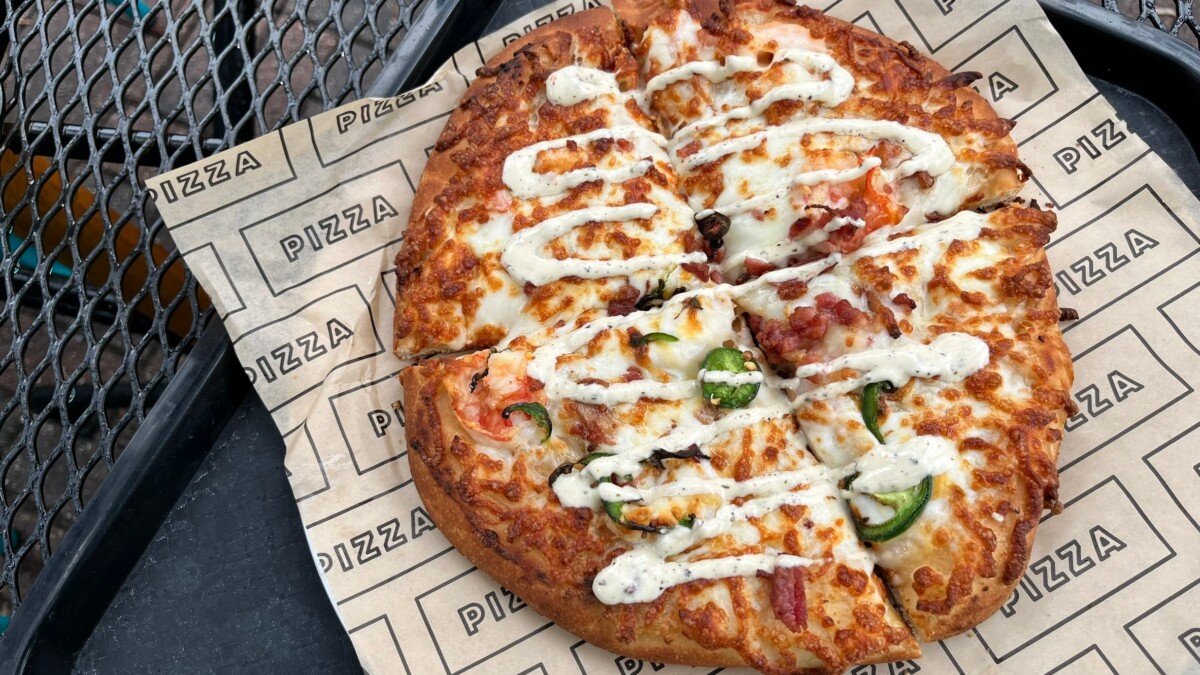
Trap House Chicken, which over the past six years has grown from one food truck to two brick-and-mortar locations, in Arlington and the Westside, serves an astonishing array of wings. Its lineup includes wings basted in Hennessey sauce, wings seasoned to taste like oxtails, and the “Bobby Booshea”: wings that are so spicy that the menu warns each order provokes a $5 upcharge to cover the requisite two cups of water.
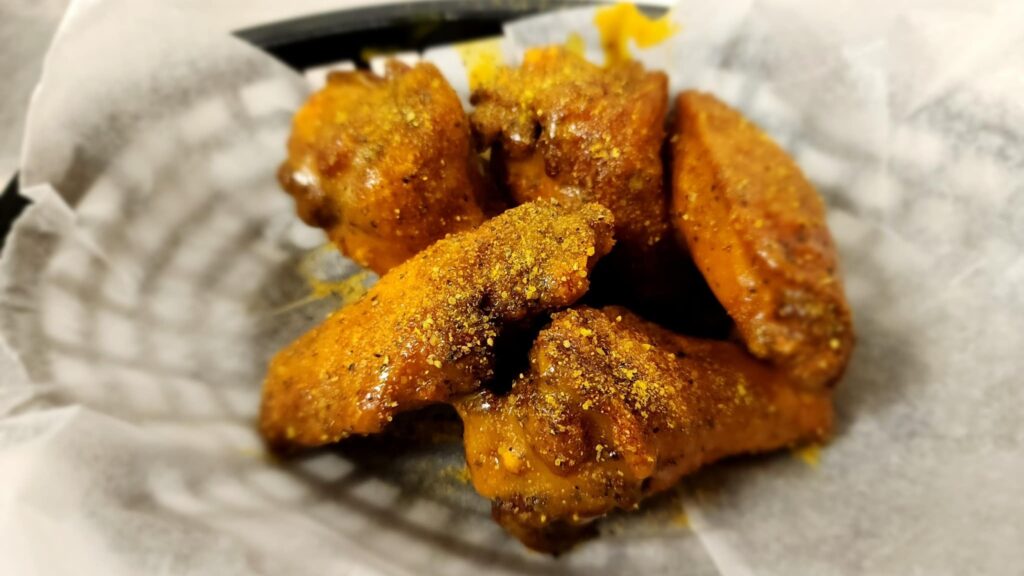
What the wings have in common, other than names playfully drawn from pop culture, is they all spend time in the fryer before being served. As a result, owner Jamal Oakes has had several painful encounters with scalding oil and scorching hot kitchen equipment, including a natural gas deep-fryer that Oakes mistakenly believed ran on propane.

“I didn’t know because I had just got into the restaurant business,” he said. “We called it The Kraken because it was so temperamental. Eventually, you learn to keep your distance.”
Sometimes those lessons leave a mark. Oakes has a giant scar on his arm from a grease spill early in his culinary career, an incident to which many chefs can relate.
According to new research in the journal Qualitative Sociology, scars serve a unique purpose within the hospitality industry. While workers in other fields are reluctant to flaunt physical evidence of their professional ineptitude, scars function as tangible LinkedIn pages for cooks, who aren’t stationed at computers.
Study author Ellen T. Meiser, an assistant professor of sociology at the University of Hawaii at Hilo, says chefs’ scars are testament to their kitchen experience and tolerance for pain — two reliable predictors of future food-and-bev success.
As she writes, in a restaurant setting, “Scars bring about an amount of social capital, dignity, and initiate inclusion into groups of similarly scarred persons.”
Or, to put it in non-academic language, a chef sitting with colleagues at a bar can earn their admiration and affection by explaining how a surgeon reattached her finger after a kitchen knife mishap.
Just as he burned himself when he didn’t know better, Oakes came close to cutting himself grievously in a rush to break down ribs.
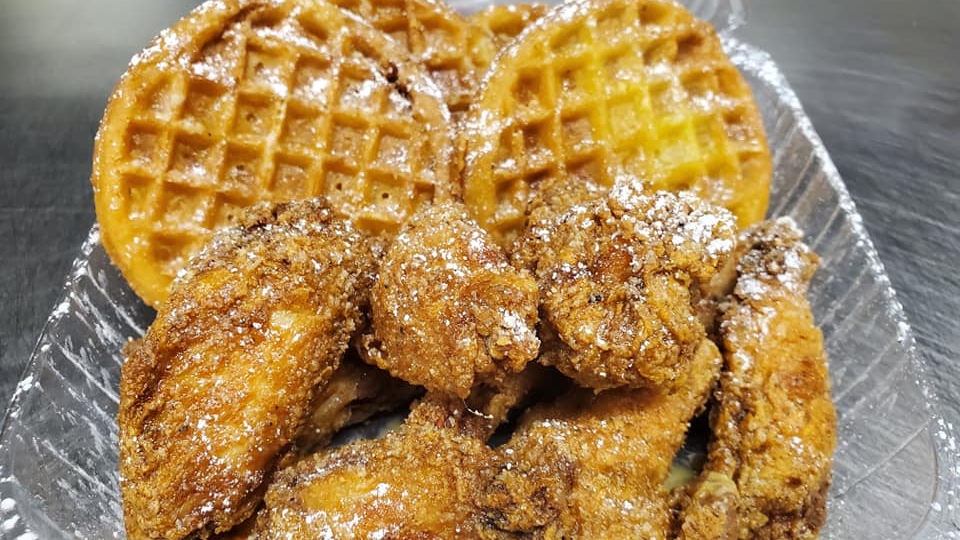
“I remember thinking I was such a pro that I no longer needed to use cutting gloves,” he says of the mindset that facilitated his most serious gash. “But the beautiful thing is [my employees] don’t have to learn that way because I can enforce cutting gloves: If I see you without them, you get written up. And if you don’t have one, I have way more than I need.”
While Meiser’s paper is the first in-depth analysis of chefs’ scars and their significance, it’s hardly the first instance of attention paid to what sociologists would call chefs’ “body modifications.” Throughout the 2010s, glossy food magazines and alt-weeklies regularly published galleries of chefs’ tattoos. Among the 50 chefs who Meiser interviewed were several informants who rolled up their sleeves to reveal “line drawings of chef’s knives, American traditional illustrations of pigs and cows, hyper realistic artichokes, corkscrews, and barbecue.”
But the heyday of painstakingly detailed farm-to-table ink coincided with the auteur period of upscale American cooking. Back when chefs were celebrated for their personal aesthetics and singular visions, a forearm wasn’t complete without a rendition of swamp cabbage and bacon. In the era of post-pandemic stressors, though, the industry’s focus has largely shifted from art to labor, and from the individual to the group.
Fittingly, scars are associated with what Meiser terms a “fellowship of suffering.”
It’s a given for Oakes that chefs are scarred: He would no sooner trust an unscarred chef than he’d bet on an unscarred boxer.

For restaurant workers, suffering comes in many forms, from wage theft to sexual harassment. But cuts and burns are still a primary concern in kitchens, where undertrained workers and secondhand equipment frequently meet. According to the Bureau of Labor Statistics, there were 17.6 cuts reported per 10,000 commercial kitchen workers in 2019, or about twice the rate for all U.S. workers, a group that also includes surgeons, butchers, fishermen, and knife sharpeners.
Of at-work burns reported to the Occupational Safety and Health Administration in 2020, more than half were associated with commercial kitchens. By contrast, less than 0.1% of burns reported to OSHA involved law enforcement officers or emergency medical technicians.
The best way to keep those injury numbers down, in Oakes’ view, is for chefs to heed their scars. “It reminds you to be smart,” he says of his scar collection. “When it comes to scars, a great chef learns from them, because the kitchen is relentless and undefeated.”
This review is published under a partnership with The Food Section.


